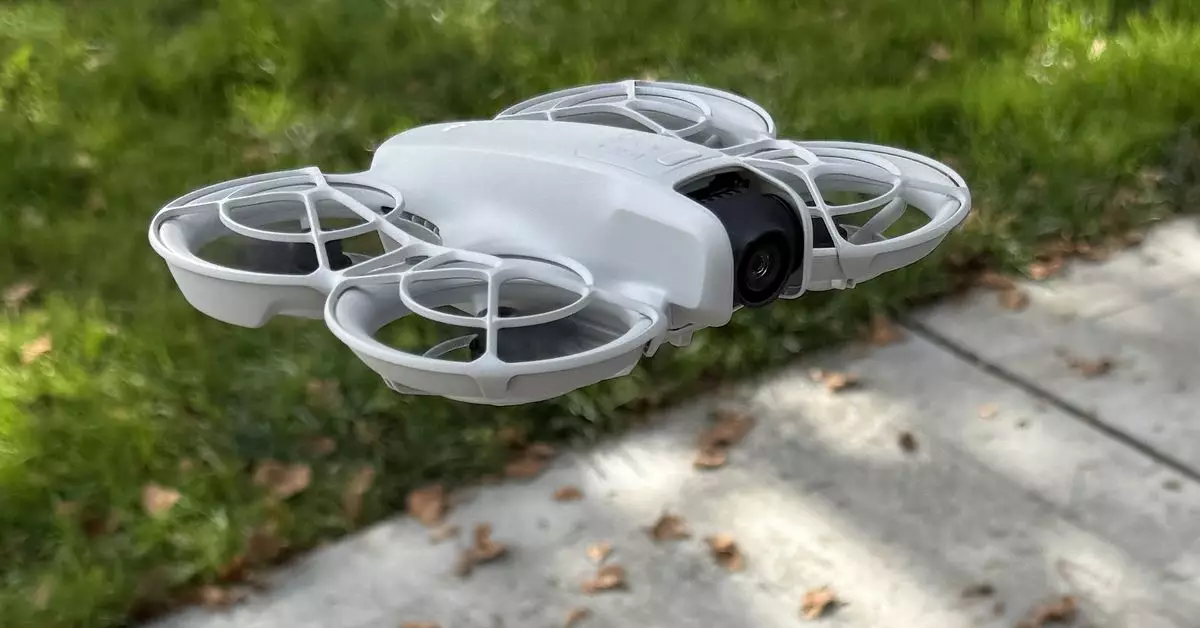DJI, a leader in drone technology, has been making waves with its recently priced $199 Neo selfie drone. Targeting novice aviators and social media enthusiasts alike, this budget-friendly gadget was initially criticized for missing crucial features that could enhance user experience, such as vertical video capabilities and dynamic tracking of faster-moving subjects.
The early iteration of the Neo fell short compared to its competition, notably the $350 Hover X1. Influencers who thrive on platforms like TikTok and Instagram were particularly disappointed by the absence of vertical video recording, a fundamental requirement for producing content that fits seamlessly into social media formats. Furthermore, the Neo’s inability to keep pace with active users, such as cyclists, hampered its appeal. However, recent firmware updates have introduced significant modifications designed to rectify these shortcomings.
One of the most notable advancements is the Neo’s accelerated tracking capability. According to insights from DC Rainmaker, a prominent reviewer in the drone space, the updated drone can now match a cyclist’s speed of approximately 20 miles per hour (32 kph) in tracking mode. This performance is astonishing, especially considering that its predecessor struggled to keep up at even half that speed. By enhancing its tracking functionality to outperform manual control, DJI has significantly increased the usability of this drone for active filming, expanding its appeal to those engaged in outdoor adventures and sports.
The addition of vertical video filming is another breakthrough for the Neo. This feature is crucial for content creators whose primary platforms favor vertical formats, allowing them to produce engaging, relevant footage that aligns with viewer preferences. However, certain limitations remain. The Neo’s vertical filming is confined to a 1080p resolution, which, while adequate for most social media applications, does not match the superior 4K quality available in horizontal mode. The trade-off between convenience for social media readiness and video quality will require users to weigh their options carefully.
Additionally, to take full advantage of the newly included features, users must update both the drone’s firmware and the DJI Fly app. This requirement can be somewhat cumbersome, especially for Android users, who might face hurdles due to the app’s absence from the Google Play Store. DJI’s decision to limit app accessibility could lead to frustration among potential users who wish to upgrade their experience swiftly and seamlessly.
The enhancements rolled out for the DJI Neo selfie drone mark a significant step toward bridging the gap between cost and functionality. While DJI is vigorously addressing previous criticisms through innovative updates, users should remain cognizant of the limitations surrounding video quality and app accessibility. As the competitive landscape of consumer drones evolves, DJI’s continued focus on user-driven enhancements will be crucial in maintaining its dominance in the market. The Neo’s advancements could pave the way for more capable and versatile drones catering to the ever-changing demands of content creators and casual users alike.

